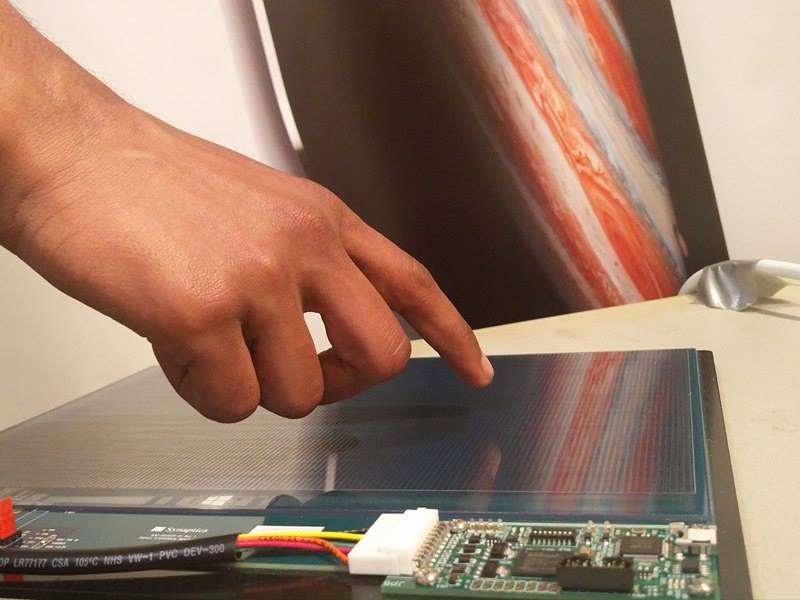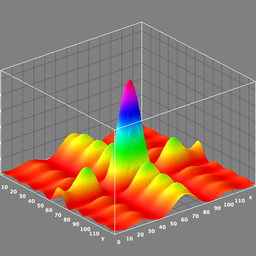A writing tool
for new language learners
1) The applications of Writing2Learn are limitless. Besides
helping the blind and mute, it can be used by teachers to improve their student's retention of letters or symbols for languages beyond English. For example, Mandarin consists of over 8,000 characters and it takes
years for native speakers to learn the language, and even longer for secondary learners. But Writing2Learn
quickly allows learners to pick up a new language like
a flashcard app except it is much more interactive with
the user.
2) Another benefit of Writing2Learn is improvement of calligraphy- if the style of writing is unrecognizable by our algorithms, it is highly likely that it is unrecognizable by a human! Hone the art of handwriting without wasting paper or ink. Welcome to the new age of writing.
3) Finally, Writing2Learn can potentially be used as a ground-breaking command-line prompt program for developers because instead of typing out common commands repeatedly like cd, ls, git status, git pull, git push, etc., user of Writing2Learn can integrate his/her own handwritten signature which corresponds to these commands.



